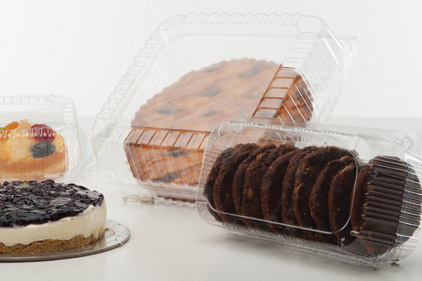The other side of the lightweighting

Jane Gorick, managing director of Europe’s second-largest pallet pool operator, LPR, warns that the lightweighting “frenzy” is having unforeseen effects when transporting delicate items. Reducing the amount of packaging consumed across all sectors can bring significant environmental, supply-chain and financial benefits, Gorick reports, but the effect of lightweighting packaging in confectionery and other markets has been left unexamined.
While primary packaging usually generates headlines, one of the less considered elements when it comes to reducing waste in the supply chain is tertiary, or transport, packaging—the pallet or container on which the goods are shipped. Supply chains have been engineered to ensure that journeys are as sustainable as possible. But the lightweighting of sales packaging and the focus on shelf-ready packaging, although delivering benefits to both manufacturer and retailer, can be ultimately testing the packaging “union.”
For example, a pallet load of biscuits where the union of packaging is all paper-based must be kept away from moisture and potential sources of contamination. There’s also the potential of being easily damaged, if it’s exposed to pressure or the weight of other products. The boxes have historically been relatively sturdy, while the secondary packaging has been designed to prevent crushing and moisture ingress.
The change in recent years has been to ensure that the package’s overall weight is reduced, which means that greater stress is put onto transport packaging to ensure that the biscuits arrive intact at stores. This is where the pallet and shrink wrap factor into the equation.
With less packaging being used, the level of protection can be reduced. And as a result, manufacturers are finding that product is arriving in-store with minor packaging damage or even moisture ingress. As ever, there’s a business balancing act to be done, ensuring that both the integrity of the packaging and the risk of potential waste are considered. Thus, you can only go so far in limiting the packaging before the product is exposed to the elements.
Source: www.confectionerynews.com
Looking for a reprint of this article?
From high-res PDFs to custom plaques, order your copy today!







